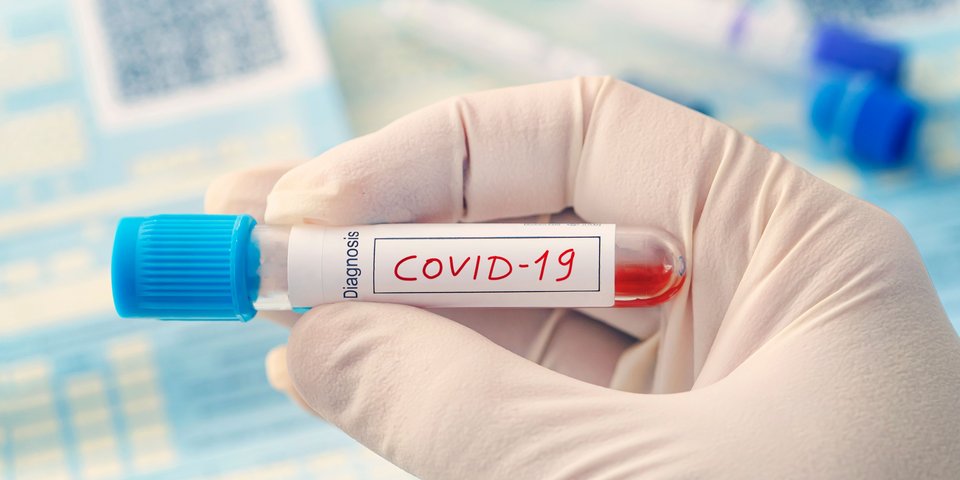
Returning to work after a COVID-19 infection
Guidelines for managers and employees
SW – 07/2021
The
European Agency for Occupational Safety and Health has published guidelines
about returning to work after a COVID-19 infection, which includes "long
COVID-19" cases, and about organising the return processes for both managers and employees.
“Long COVID-19"
Even
though COVID-19 has not yet been fully researched, it has already been shown
that one in five affected people were still suffering from its symptoms four
weeks later. The symptoms even lasted 12 weeks or longer in one in ten of those
affected. The most common symptoms include extreme fatigue, shortness of
breath, muscle and joint pain, chest pains and coughing as well as anxiety,
depression and other psychological problems.
Management support
Some
of those affected will only be able to find their way back to work gradually.
Support from the managers is important for a successful return. They should be
available as contact persons and, together with those affected, look for
solutions that make it possible to strike a balance between health and work.
In
order to be able to support affected employees, managers should have kept in
touch during the sickness period and also be open to conversations and maintain
their support after they return. All available assistance should be used. For
example, occupational health services or company doctors can help with any
adjustments needed in the workplace, as can general or specific COVID-19
counselling services, assistance programmes or government measures.
Adjustments in the workplace
It
is essential to prepare the return to work together with the person concerned
and to look at each case separately. Adjustments in the workplace can help,
which should cater for the separate case and include the specific symptoms and
limitations as well as their effects. Individual recovery and re-entry plans
will contribute to this. Any adjustments might also include changes to the
working hours, the actual hours to be worked, work patterns as well as the
workload. A temporary change of duties and tasks might also have to be
considered.
Medical clearance before returning to work
Medical
clearance prior to returning to work might be important in addition to joint
return-to-work planning with the management for those affected and depending on
the duties involved. If the work involves lifting heavy loads or other physical
exertions, then the heart and lungs must be examined by a doctor before these
activities can be resumed. Other examinations such as a vision test or a
cognitive ability assessment might be needed if working in a safety-critical
area is involved. Working restrictions might need to be re-evaluated for any
pre-existing conditions that have been aggravated by COVID-19.
Both
guidelines emphasise that support from the managers and joint preparations for
the return, flexible adjustments to work and continued support after the return
are important factors in the successful reintegration of employees infected by
COVID-19.
You
can find more information about the guidelines by clicking on the following Link.
